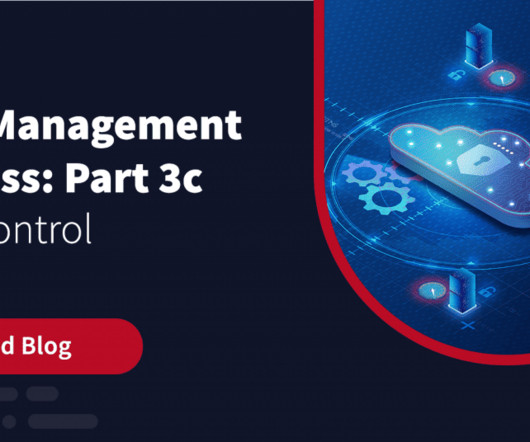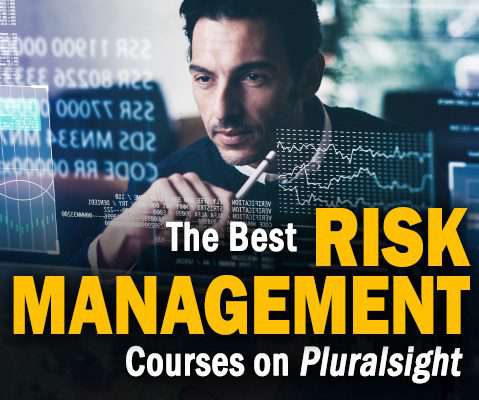Risk Management Process – Part 3c: Risk Control
Zerto
AUGUST 24, 2023
There are four fundamental types of risk control: risk acceptance, risk mitigation, risk avoidance, and risk transfer. Risk control’s critical importance lies in its ability to minimize the impact of potential risks and avert costly and disruptive events.
















Let's personalize your content